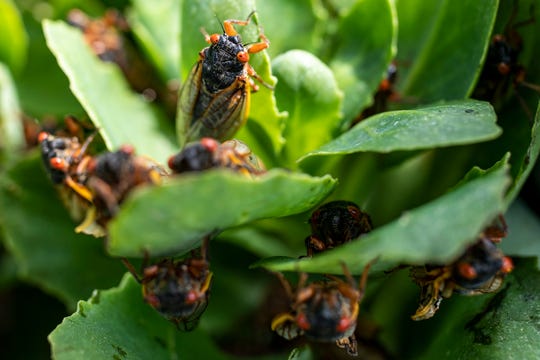The Environment Ministry announced Tuesday that it had identified subterranean Formosa termites in several locations near Petah Tikva, where the invasive species was first sighted in Israel in 2020.
Hailing from southern China and Taiwan, the Supertermite is highly destructive as a queen of a single colony has a lifespan of 15 years and can produce up to 2,000 eggs per day. The enormous size of its colonies, coupled with the rapid rate at which it consumes wood, is guaranteed to leave a lot of havoc in the wake of this species.
A school of underground termites from Formosa is eating a block of wood
(Video: Ministry of Environmental Protection)
The termites have been observed in several communities near Petah Tikva, and locals have reported spotting thousands of insects spreading their wings and flying around in search of a mate.
The Ministry of Environment responded quickly to these reports and began monitoring the situation with the Nature and Parks Authority and the Tel Aviv University Nature Museum.
The Ministry urged the public to report all sightings of the supertermite, as the only way to eradicate this rapidly reproducing species is to feed them growth retardants which would eventually spread around the nest upon their return.
Harmless to humans, the Formosa termite is known to cause massive property damage due to its ability to eat its way through plastic, rubber, concrete and soft metals. It also damages water pipes, underground power lines, and telecommunications infrastructure.
The super termites also adversely affect various types of plants, including citrus, oak, eucalyptus, and various conifers.
Their rapid feeding rate weakens trees from within, which in turn can cause them to collapse in strong winds. It can also kill them directly if the termites reach the roots of the tree and feed on it.
In China, one of its countries of origin, the species has damaged thousands of flood protection barriers, which in turn has led to flooding in several parts of the country. This pest causes tens of billions of dollars in damage worldwide each year.







